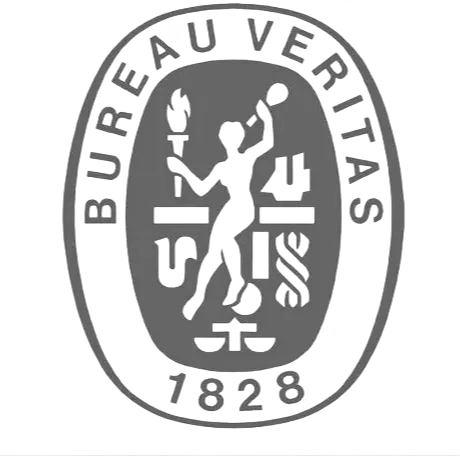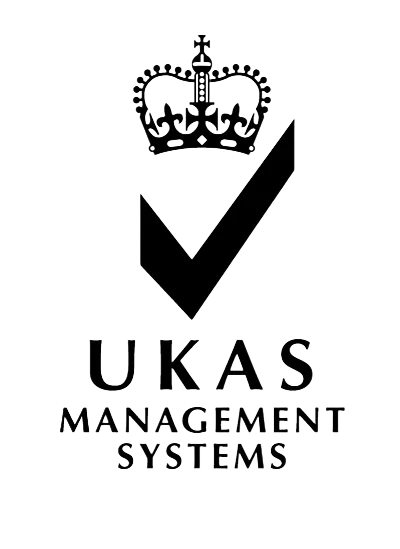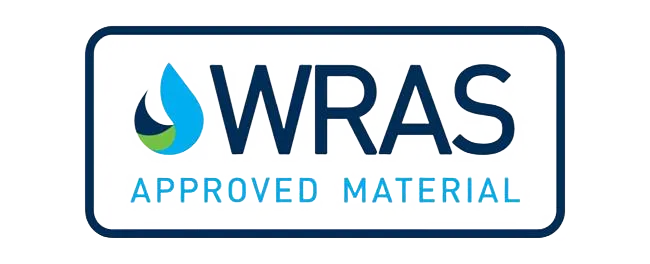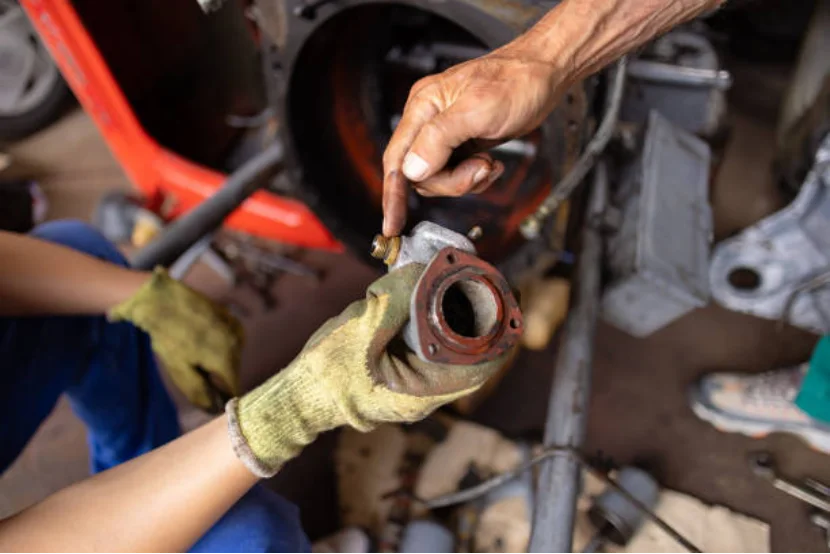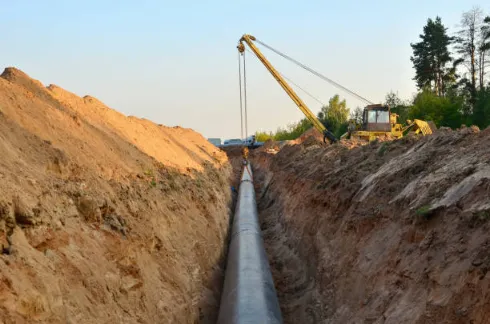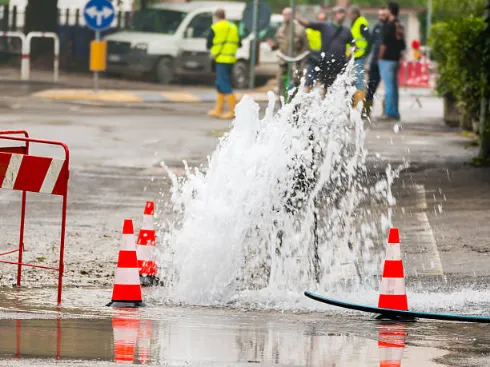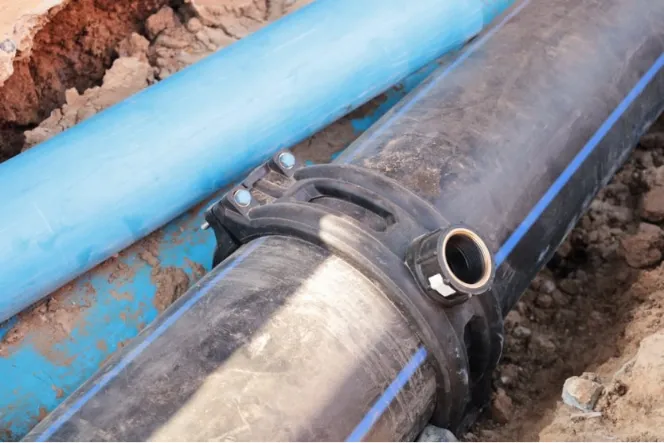Umuhimu wa ukubwa sahihi kwa ajili ya bomba Saddle Clamps
Kwa nini Upimo sahihi ni muhimu katika Maombi ya Viwanda
Katika mifumo mikubwa ya bomba, a bomba saddle clamp huchukua bomba kwa nguvu kwa boriti au ukuta. Inaruhusu bomba kunyoosha kidogo wakati wa moto au kuteketeza bila kuvunja. Kupata ukubwa sahihi ni muhimu sana. Clamp nzuri inafaa kikamilifu na kuweka bomba salama bila squishing ni. Clamp kwamba’ s ngumu sana inaweza kuumiza bomba, kufanya kuvaa nje haraka. Hii ndiyo ’ s rahisi sana inaruhusu bomba wiggle, ambayo si salama. Mara nyingi watu wanafikiri bomba ni kitu cha "kuweka-na-kuondoka". Lakini kama bomba hupunguka au kuvuja, wazo hilo linatoka nje ya dirisha. Ghafla, kila mtu anaharakisha kurekebisha.
Matokeo ya Saddle Clamp Sizing sahihi
Kuchagua ukubwa mbaya kwa ajili ya clamps saddle kwa bomba husababisha matatizo. Maombo yanaweza kutelekea karibu, na kufanya kelele kubwa wakati wao kuteketeza. Katika hali mbaya, mfumo wote unaweza kuvunjika. Kwa bomba kubeba shinikizo la juu au joto, hii inakuwa hatari. Clamps huru pia inaweza kuchanganya mihuri ambapo bomba kuungana, kusababisha kuvuja. Hii husababisha kurekebisha zaidi na bili kubwa zaidi kwa muda.
Viwango vya Viwanda kwa Pipe Saddle Clamp Dimensions
Ili kuweka mambo salama, bomba saddle clamps lazima kufuata sheria kama ASME B31.1 kwa ajili ya bomba nguvu au MSS SP-58 kwa ajili ya sehemu za msaada. Sheria hizi zinasema ni uzito kiasi gani clamp inaweza kushikilia, ni uzito kiasi gani inaweza bend, na vifaa gani ni bora kwa ajili ya bomba tofauti na kazi.
Mambo muhimu ya kuzingatia wakati wa kuchagua bomba Saddle Clamp
Pipe Diameter na Unene wa Ukuta
Kuanza kwa kuangalia kipenyo cha nje cha bomba (OD). Hii inakuambia sura ya ndani ya clamp. Unene wa ukuta wa bomba pia ni muhimu. Inaonyesha jinsi gani shinikizo clamp inaweza kuweka juu bila kuharibu bomba. Unahitaji vifaa sahihi, pia, lakini kupima kipenyo kwa makini ni lazima.
Shinikizo la Uendeshaji na Hali ya Joto
Clamps haja ya kushughulikia mfumo wa shinikizo na joto. Mabomba yenye shinikizo kubwa yanahitaji clamps ngumu, wakati mwingine na bolts ziada. Joto hufanya bomba kukua au kupungua, hivyo a Saddle clamp channel kwa bomba lazima kuwa rahisi lakini bado kushikamana imara.
Usalama wa Vifaa na Mifumo ya Piping
Vifaa vya clamp huamua jinsi vizuri inafanya kazi na muda gani inaendelea. chuma cha pua ni ya kutisha kwa maeneo ambapo tu inaweza kuunda. chuma galvanized ni nzuri kwa ajili ya kazi nyingi. Vipande vya plastiki vinavyofungwa vinazuia athari za ajabu kati ya chuma tofauti, na kuweka bomba salama.
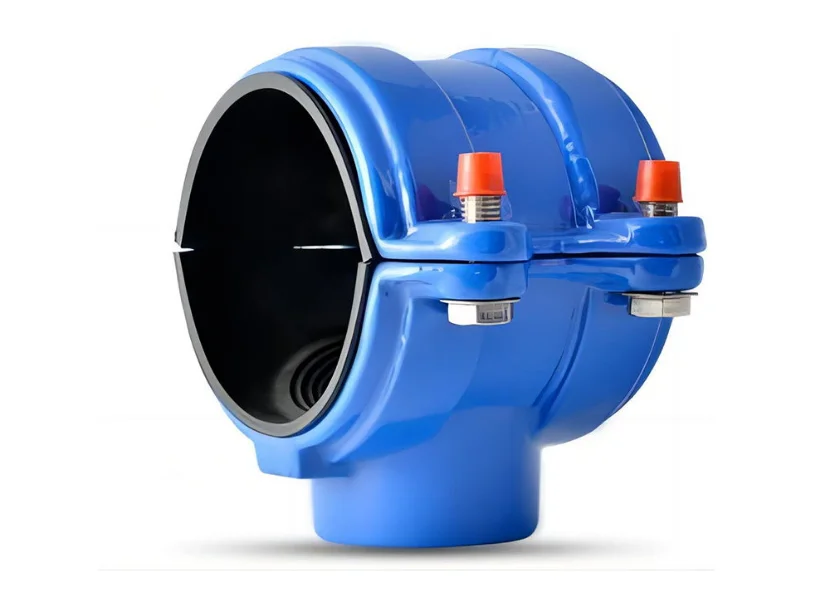
Jinsi ya kupima kwa ajili ya Right Saddle Clamp Channel kwa ajili ya bomba
Zana zinazohitajika kwa ajili ya kupima sahihi
Ili ukubwa wa Saddle clamp channel kwa ajili ya bomba haki, utahitaji zana hizi:
A vernier caliper au micrometer kwa ukubwa halisi
A bendy tape kipimo kwa ajili ya bomba kubwa
A bomba gauge kuangalia unene wa ukuta
Chati na joto na shinikizo mipaka kwa ajili ya bomba yako
Hatua kwa hatua mchakato wa kuamua sahihi Clamp ukubwa
Kupima Outer Diameter (OD): Funga kaseti au kutumia caliper karibu na bomba ya eneo pana zaidi.
Angalia Unene wa Ukuta: Tumia gauge au sampuli ya bomba.
Angalia Hali ya Mazingira: Andika chini joto mbalimbali na mambo yoyote kali kama kemikali karibu.
Mechi na Mtengenezaji Specs: Angalia vipimo yako dhidi ya orodha ya bidhaa kutoka makampuni ya kuaminika kama Conflex Joints.
Conflex Joints hufanya desturi bomba saddle clamps kwamba kufaa bomba yako ya ukubwa halisi.
Makosa ya kawaida katika kupima Saddle Clamps kwa ajili ya bomba
Makosa hutokea ikiwa unatumia zana za zamani, zilizovunjwa. Kikosa kingine ni kusahau kuhusu insulation juu ya bomba. Baadhi ya watu wanafikiri ukubwa wa bomba iliyoorodha ni sawa na OD yake. Hiyo si kweli. Daima kupima ukubwa halisi ili kuepuka matatizo.
Aina ya Saddle Clamps kwa ajili ya bomba na maombi yao
Maelezo ya jumla ya miundo tofauti na miundo
Kuna aina tofauti za clamps saddle kwa bomba:
U-Bolt ClampsRahisi na nzuri kwa ajili ya kazi rahisi.
Saddles ya kazi nzito: Super nguvu kwa ajili ya kazi kubwa viwanda.
Insulated Clamps: Kuwa na mpira au plastiki kulinda bomba.
Kugawanywa Ring ClampsNi rahisi kuchukua wakati unahitaji.
Kila aina hufanya kazi kwa uzito tofauti na maeneo.
Kuchagua aina sahihi kulingana na mazingira ya bomba
Kwa bomba nje katika mvua au theluji, tumia vitu vya kuthibitisha kutu kama chuma cha pua. Katika viwanda vya kemikali ambapo vitu vinatembea sana, chagua vipande vya vipande vya vipande vya vipande vya vipande vya vipande vya vipande vya vipande vya vipande vya vipande vya vipande vya vipande vya vipande vya vipande vya vipande vya vipande Wanashikilia nguvu na kusukuma shakes. Ulinzi wa kutu ni jambo kubwa ikiwa bomba linakabiliwa na mambo magumu kama maji ya chumvi au kemikali.
Wakati wa kutumia maalum Saddle Clamp Channel kwa ajili ya bomba
Matumizi maalum saddle clamp njia kwa bomba katika kesi hizi:
Maeneo mengi ya shaking
Mifumo ambayo hupata moto na baridi mara nyingi
Maombo ya chini ya ardhi
Maeneo yanayohitaji ukaguzi wa mara kwa mara, kama vile maeneo ya ukaguzi
Miundo hii ni nguvu lakini bendy, kuweka bomba katika mstari.
Mawazo ya Ufungaji kwa ajili ya Pipe Saddle Clamps
Orodha ya kuangalia kabla ya ufungaji na hatua za maandalizi
Kabla ya kuweka juu ya bomba saddle clamp, kufanya hii:
Angalia ukubwa wote tena.
Angalia bomba na clamps kwa uharibifu wowote.
Safisha bomba ambapo clamp itakaa.
Kuwa na uhakika kwamba vipande na vipande vingine haziwezi kuwa vyema.
Kuwa tayari kama hii huzuia makosa na kuokoa muda.
Mipangilio sahihi ya Torque na mbinu za usambazaji
Tumia wrench torque kuweka kwa mtengenezaji ya nguvu iliyopendekezwa, kwa kawaida katika Newton-mita (Nm). Uongozaji mbaya unaweza kusisitiza bomba kutokuwa sawa, na kuifanya kuvunja mapema. Tumia zana za laser kwa usambazaji sahihi. Kwa kazi ndogo, mstari wa plumb ni sawa.
Kuhakikisha utulivu wa muda mrefu na kuzuia kuvuja
Clamp nzuri ya bomba ya saddle inakaa kuweka hata wakati bomba linapokuwa nzito au moto. Panga uchunguzi wa mara kwa mara ili kuweka kazi vizuri. Kufanya matengenezo mara nyingi, kama vile kuangalia mambo mara kwa mara, kunaweza kufanya bomba lako liwe la mwisho kwa muda mrefu.
Miongozo ya matengenezo kwa ajili ya Saddle Clamps juu ya bomba
Mara kwa mara ya ukaguzi na nini kutafuta
Angalia clamps saddle kwa bomba kila miezi 6 hadi 12, kulingana na kiasi gani wao ni kutumika. Tafuta:
Bolts ambayo si tight
Rust au kutu
Mafuta ambayo yamehamishwa
vifungu katika mpira linings, kama kuna yoyote
Kuchunguza mara nyingi kuacha kutu na matatizo makubwa ambayo gharama zaidi ya kurekebisha.
Ishara za kuvaa au kushindwa katika bomba Saddle Clamp
Angalia bendera hizi nyekundu:
Rust unaweza kuona
Kufungwa insulation
Bent clamps chini ya uzito
Bolts ufungufu baada ya kuteketeza
Mabomba ya kelele kutoka kuhamia karibu
Kurekebisha haya mapema kuacha kuvunjika kubwa baadaye.
Taratibu za Kubadilisha na Tahadhari za Usalama
Kabla ya kuondoa clamp, basi nje ya shinikizo wote mfumo. Vaa gloves na kioo, hasa karibu na kemikali. Badilisha na clamp ambayo inafanana na moja ya zamani isipokuwa wewe ni kuboresha kila kitu.
Kuchagua High-Quality Saddle Clamps kwa ajili ya bomba kutoka Wauzalishaji wa kuaminika
Sifa muhimu za kuaminika Viwanda-Grade Clamps
Good bomba saddle clamps kuwa na:
mipako ya kuthibitisha kutu, kama zinki
Welds nguvu ambapo stress hits
Mpira linings kwa ajili ya usalama wa ziada
kukata sahihi ndani ya ± 0.5mm
Vyeti vya ISO au ASME kuthibitisha kuwa ni vya juu
Clamps nafuu inaweza kuonekana kama mpango, lakini watakuwa gharama zaidi katika kurekebisha baadaye.
Faida ya kufanya kazi na wauzaji wenye uzoefu kama viungo vya mgogoro
Conflex Joints hufanya ufumbuzi wa desturi kwa mahitaji halisi ya bomba. Saddle yao clamp njia kwa bomba fit tu haki, kuokoa hadi 30% ya muda wa ufungaji. Kwa zaidi ya miaka 15 katika mchezo huo, wanasaidia viwanda kama maji, mafuta, gesi, na joto ulimwenguni kote, kutoka Ulaya hadi Amerika ya Kusini.
Mahitaji ya Ufuatiliaji wa Viwango vya Kimataifa na Vyeti
Chagua bidhaa ambazo kufuata sheria kubwa kama ISO 9001: 2015 au ASTM kwa sehemu za bomba. Hizi kuhakikisha clamps ni salama na kazi vizuri.
Maswali yanayoulizwa mara kwa mara
Swali: Jinsi gani mimi kujua ukubwa sahihi kwa ajili ya bomba yangu saddle clamp?
A: Kupima kipenyo cha nje cha bomba na calipers au kanda. Kisha angalia dhidi ya specs kutoka kwa wauzaji kama Conflex Joints.
Swali: Je, clamps zote saddle kazi na vifaa vyote bomba?
J: Hapana. Mambo ya vifaa. Matumizi ya chuma cha pua kwa maeneo rusty. Kwa bomba la shaba au alumini, nenda na clamps zilizopangwa na plastiki ili kuepuka athari za ajabu.
Swali: Ni nini ratiba nzuri ya kuangalia?
Jibu: Kila miezi 6 hadi 12, kulingana na kiasi gani cha kuteketeza au nyembavu vitu clamps kushughulikia.
Swali: Je, clamp kubwa inaweza kusababisha matatizo?
Jibu: Ndiyo. Clamp huru inaruhusu bomba kuhamia sana, kusisitiza viungo na kusababisha mapumziko, hasa katika mipangilio ya shinikizo la juu.
Swali: Vyeti gani vinaonyesha clamp ni nzuri?
J: Angalia alama za ISO 9001 au ASME B31. Wanathibitisha clamp inakidhi viwango vigumu.
Kwa habari zaidi juu ya viwanda-daraja bomba bidhaa, ikiwa ni pamoja na desturi bomba saddle clamp ufumbuzi, kufikia nje ya Viungo vya Conflex Leo!

